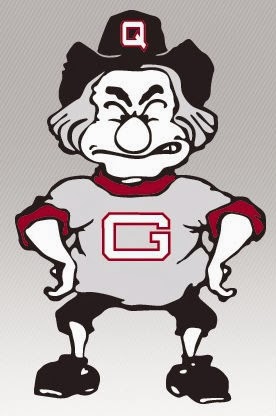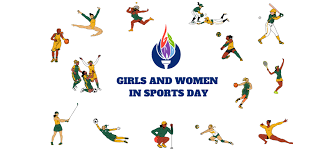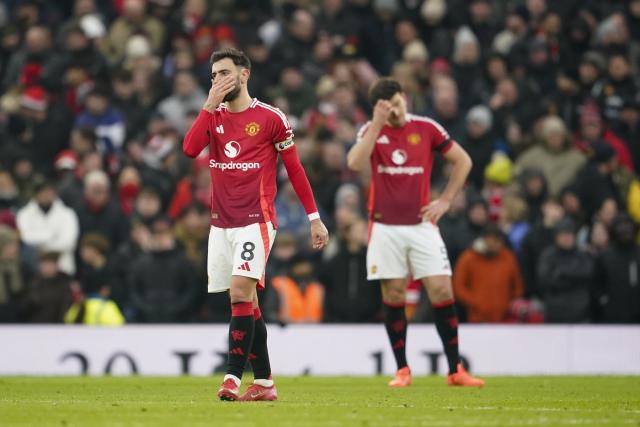$765 million. Sounds like a lot of money, right?
Do not let the numbers deceive you.
The National Football League’s concussion settlement stirred feelings of gratitude in some and skepticism in most.
“It’s a lot of money,” said sophomore halfback Bob Hicks. “Athletes already get paid a ton for what they do, so they could easily cover their medical bills.”
In addition to covering compensation for over 4,500 plaintiffs’ concussion injuries and payments for medical exams, the settlement is split further for medical research.
“It sounds like a lot of money, but not in perspective with the money the NFL has,” said Associate Professor of Sport Studies Robert Malekoff. “The NFL benefited from the settlement more than the plaintiffs.”
Nevertheless, the millions are anticipated to benefit not only former, but also current and future players.
“Education is step one,” said senior and offensive lineman Daniel Nolan. “Football is a contact sport, and athletes should have full knowledge of how their body will feel in 10 to 15 years.”
Ignorance is not bliss. Players unaware of the possible severity of untreated concussions will overlook their symptoms.
“There’s ordinarily no external trauma you can see,” said paramedic Dale Langley. “Usually the short-term memory loss gradually comes back. You’ll remember the hit … but a head concussion likely still happened.”
Succeeding concussions, however mild, repetitively beat your brain and skyrocket the chances of loss of memory and consciousness.
“The game is dangerous,” said sophomore quarterback Mitch Ferrick. “I think the NFL is doing a good job now with the new rules they have for targeting and head-to-head contact.”
The rules may be too strict in the eyes of the fans.
“Concussions are a big deal,” said Guilford Technical Community College student Jason Kuykendall. “And you can get one like ‘that.’ But a helmet coming off isn’t grounds to bench the quarterback.
“Not when I have money on the game,” he added.
But player safety is more important and helmets are under a watchful eye.
“I’ve seen football players with little to no padding in their helmet,” said emergency medical responder Andrew Donaldson. “All they do is bob around a little bit.”
Along with helmet development, the NFL is conducting medical research.
“Especially including NFL players, concussion patients can have severe problems,” said paramedic Patrick Moran. “Depression, inability to function … they want to prevent that.”
However, none of the research will help if coaches force players back into action impetuously.
“Team trainers should be the final clearance for evaluating if an athlete can play,” said head athletic trainer Gary Rizza.
“Between us and our team physicians, we make the final call,” said assistant athletic trainer Danielle Duffy. “We don’t tell them what plays to call, and they don’t tell us who’s fit to play.”
Hopefully, the number of athletes “fit to play” will increase with the new research funded by the multi-million-dollar settlement.
“It’s great that the NFL is doing something about the health of their players,” said assistant athletic trainer Jared Siglin. “I don’t think the settlement is the complete answer … but they’re ensuring active prevention of and treatment for athletes’ concussions as well, and I think that’s fantastic.”






